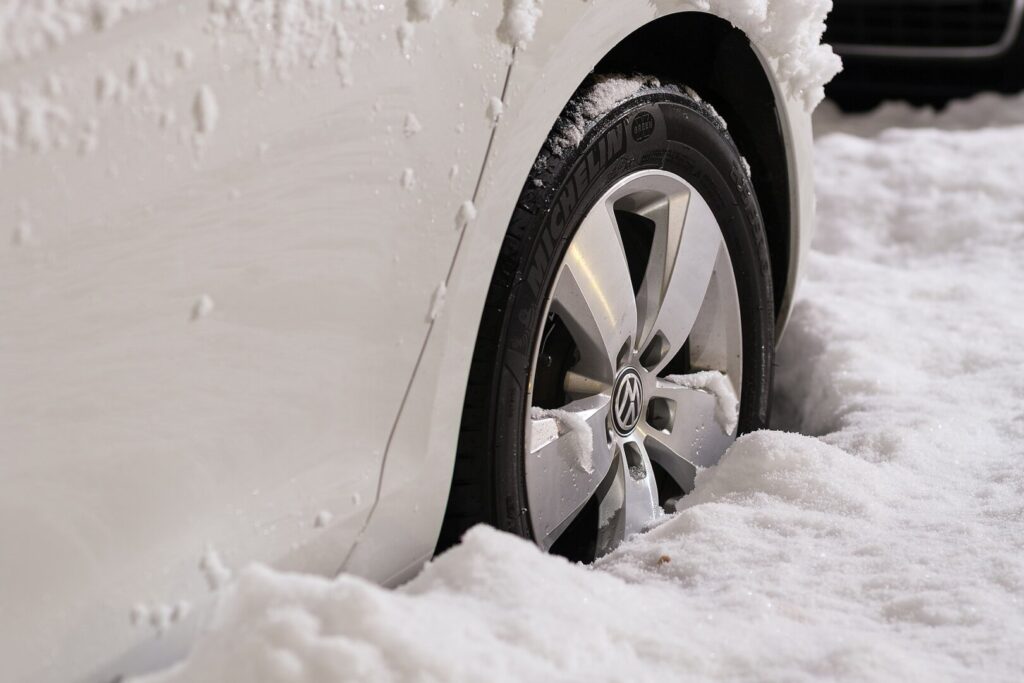
With a winter storm warning in effect, some area residents are bracing for the worst.
The Lambton Kent District School Board advised students today to take home any personal belongings they might need over the winter break in the event buses are cancelled or schools end up being closed tomorrow.
The St Clair Catholic District School Board, meantime, is reminding families that if schools are closed because of the weather, staff will work remotely from home and will provide asynchronous learning through the Learning Management System. New curriculum will not be taught; however, teachers will be available to provide feedback to any student who has submitted work throughout the day during school hours.
Environment Canada is calling for as much as 15cm of snow by Friday night, a flash freeze, wind gusts up to 100 km/hr, and wind chill values into the minus 20s Friday and into Saturday.
Provincial Police are urging drivers to be safe if they have to venture out tomorrow. Some basic winter driving safety tips:
- Winter tires. Having winter tires can improve traction in frost, snow, and icy conditions, and shorten the braking distance of your vehicle.
- Plan-ahead and check the weather forecast before heading out. If there are adverse weather conditions, delay your trip if possible. You can use Ontario 511 to check road conditions here: Ontario 511 (511on.ca), twitter: @511Ontario.
- Properly clean the ice and snow from your windows, lights, mirrors, and roof. This will assist with visibility, as well as help avoid having ice and debris falling off your vehicle.
- Drive according to the conditions. Many collisions on our roadways occur because drivers are travelling too fast for the road conditions.
- Turn off the cruise control on wet, snowy, or icy pavement. It can reduce your reaction time and vehicle control.
- Steer gently on curves and slippery conditions. Hard braking, quick acceleration, and sudden gear changes can cause you to skid.
- Give other vehicles room. It can take vehicles longer to stop in slippery conditions, so be sure to leave adequate room between you and other vehicles.
- Have an emergency kit in your vehicle that includes warm clothing, a shovel, booster cables, high energy foods, flashlight, matches and a candle.




